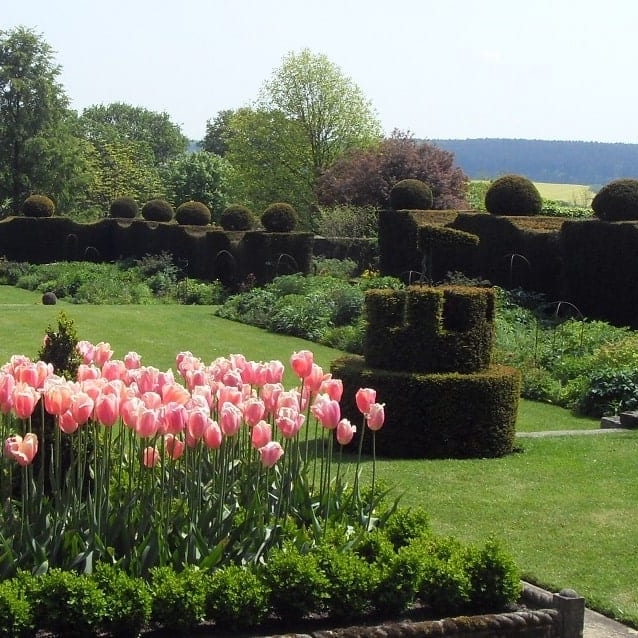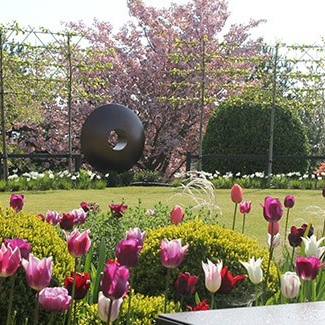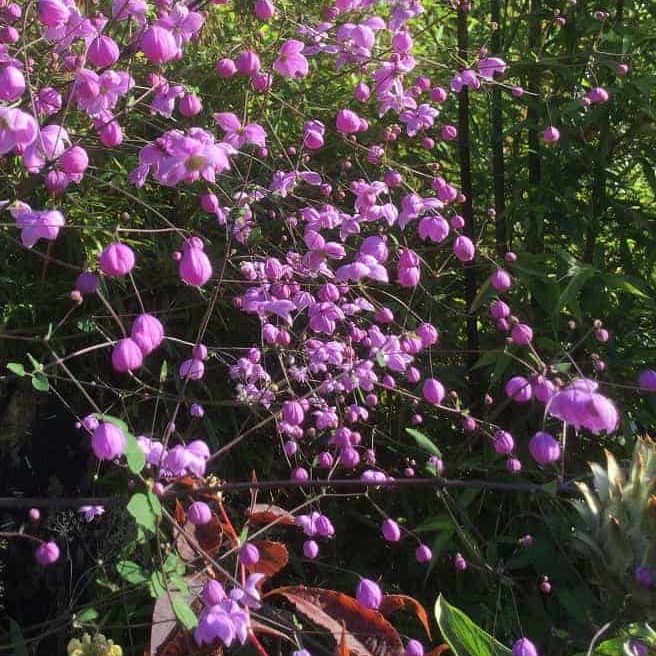Plants for spring sunshine
Buds are just bursting on the trees here at RHS Wisley. A thin lime green haze is starting to zing through the garden and surrounding birch woods. Like the classic native bluebell, many plants make the most of damp spring soils and sunlight shining through the bare branches of trees. Before the canopy closes over, I went to see what beauties are catching the last rays of sunlight to hit the woodland floor.
Erythronium californicum ‘White Beauty’ AGM
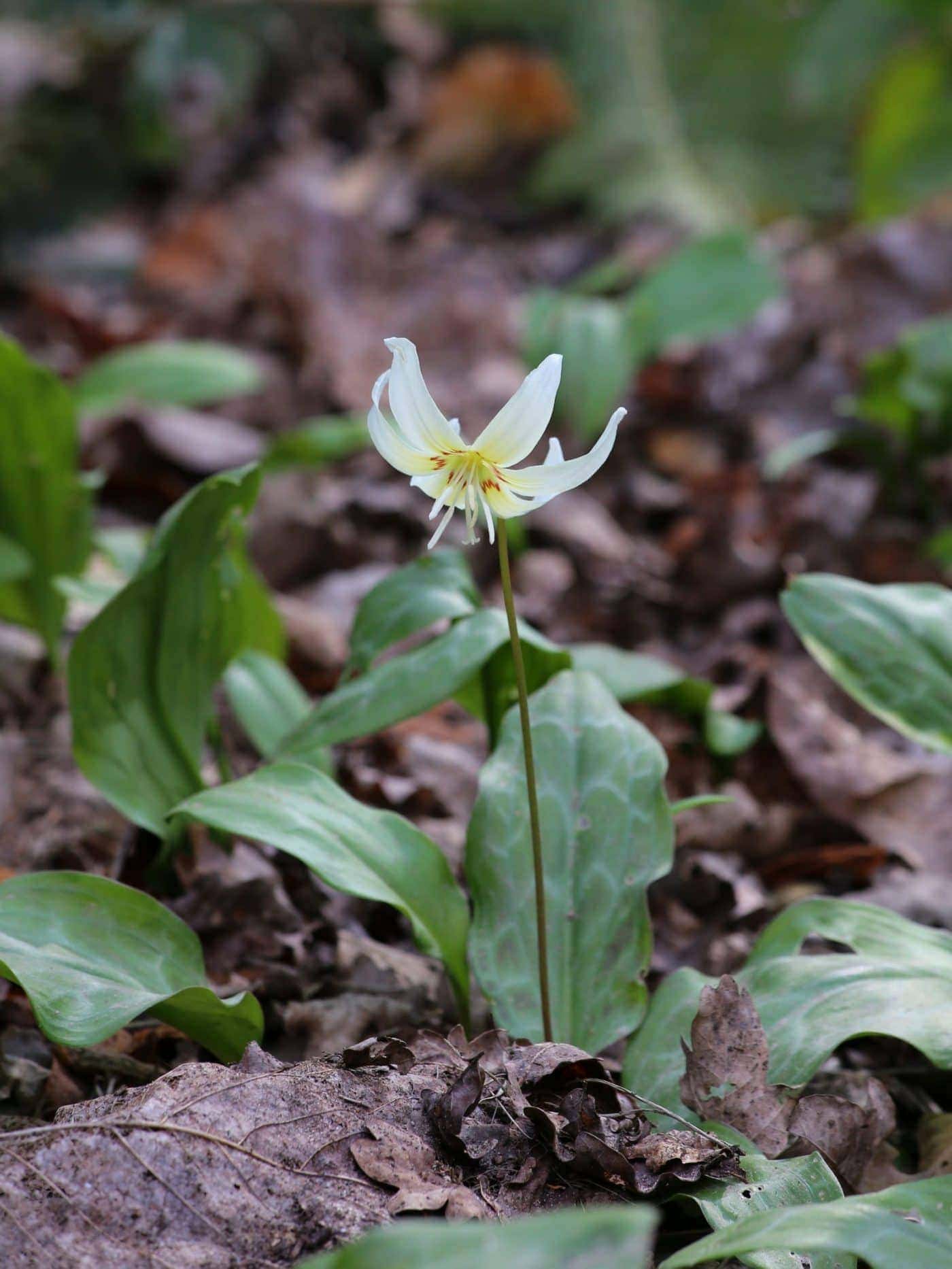
Trillium chloropetalum
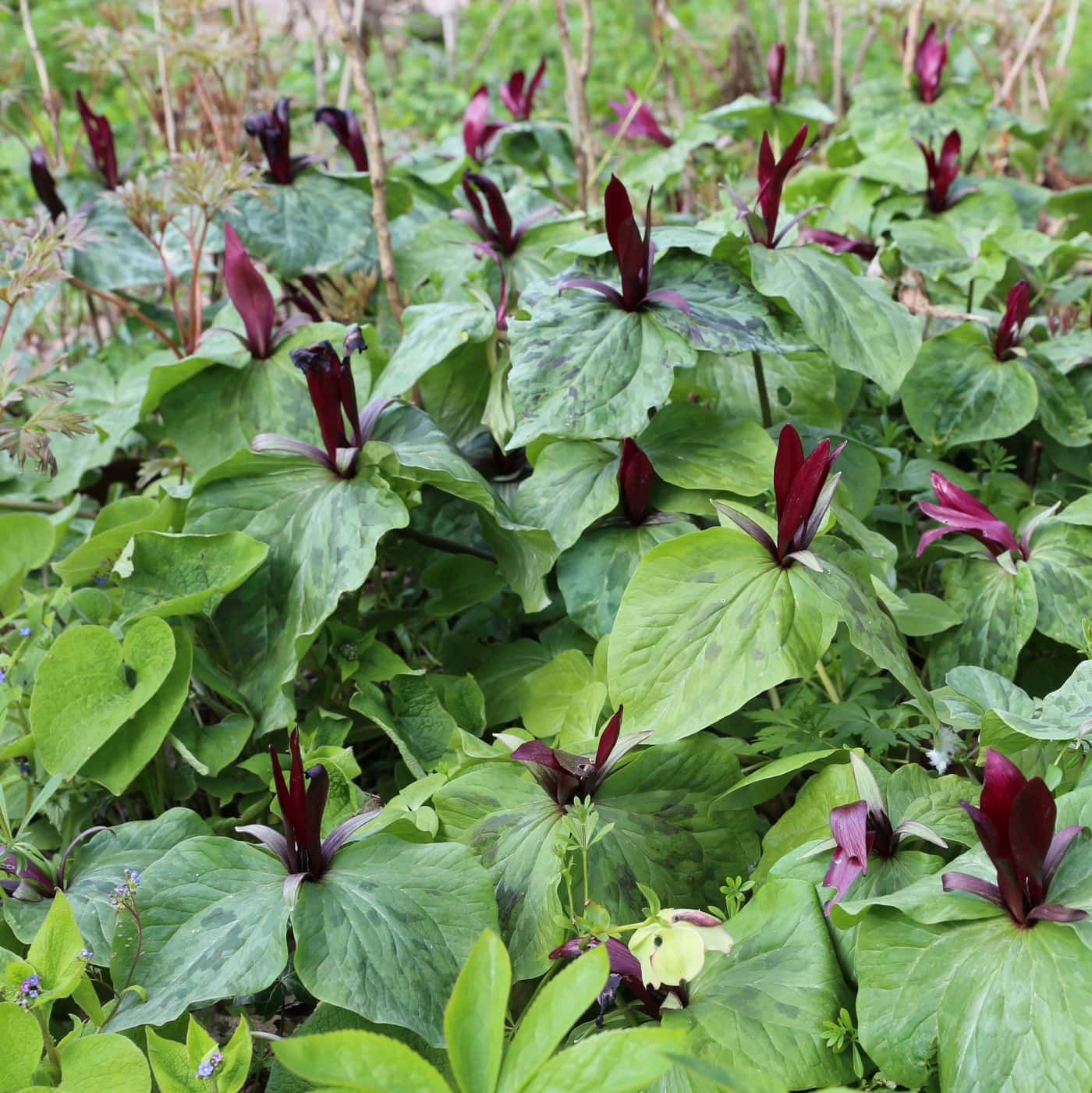
Fritillaria imperialis ‘Sunset’
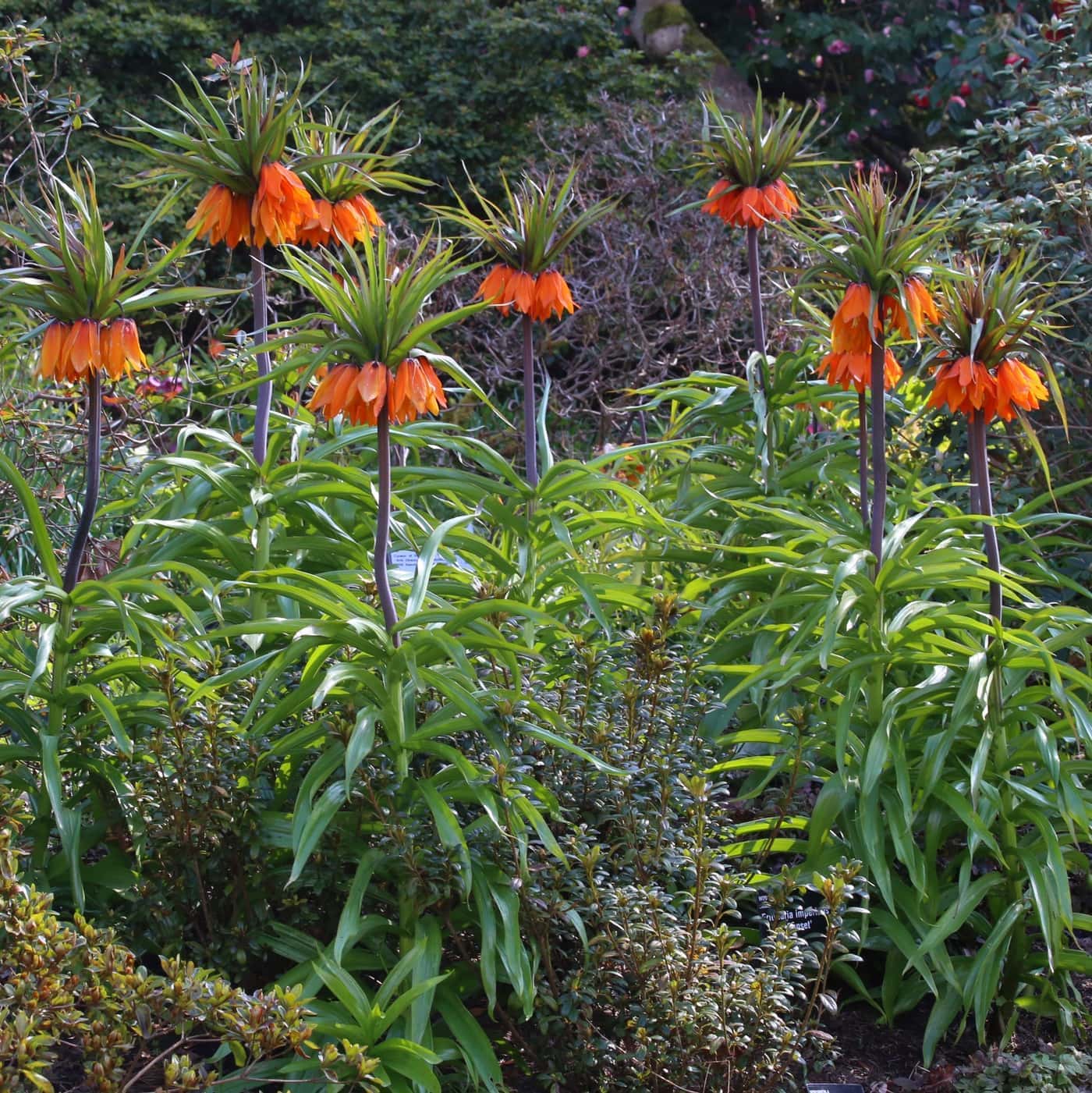
Fritillaria meleagris
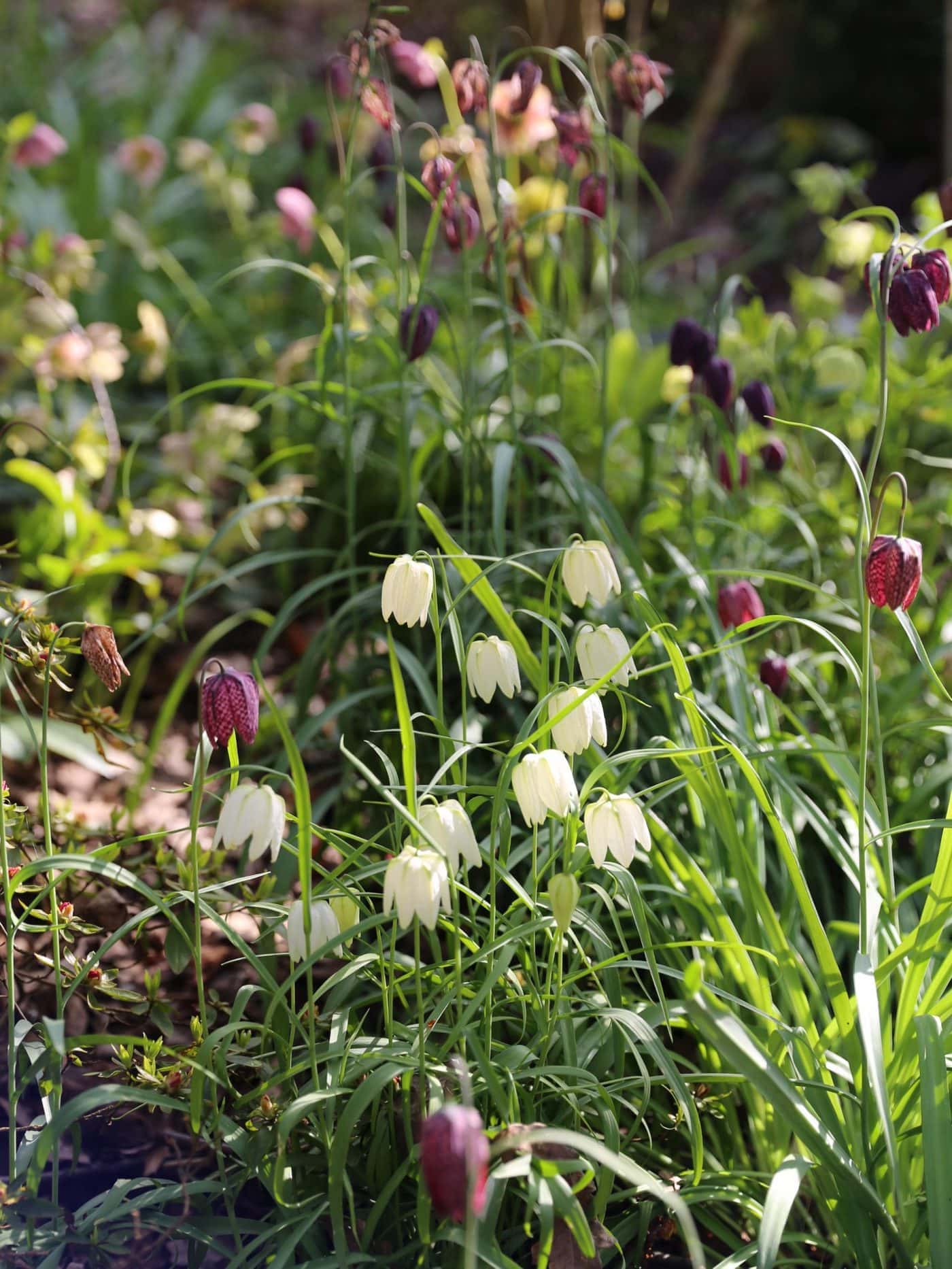
Narcissus ‘Sailboat’ AGM
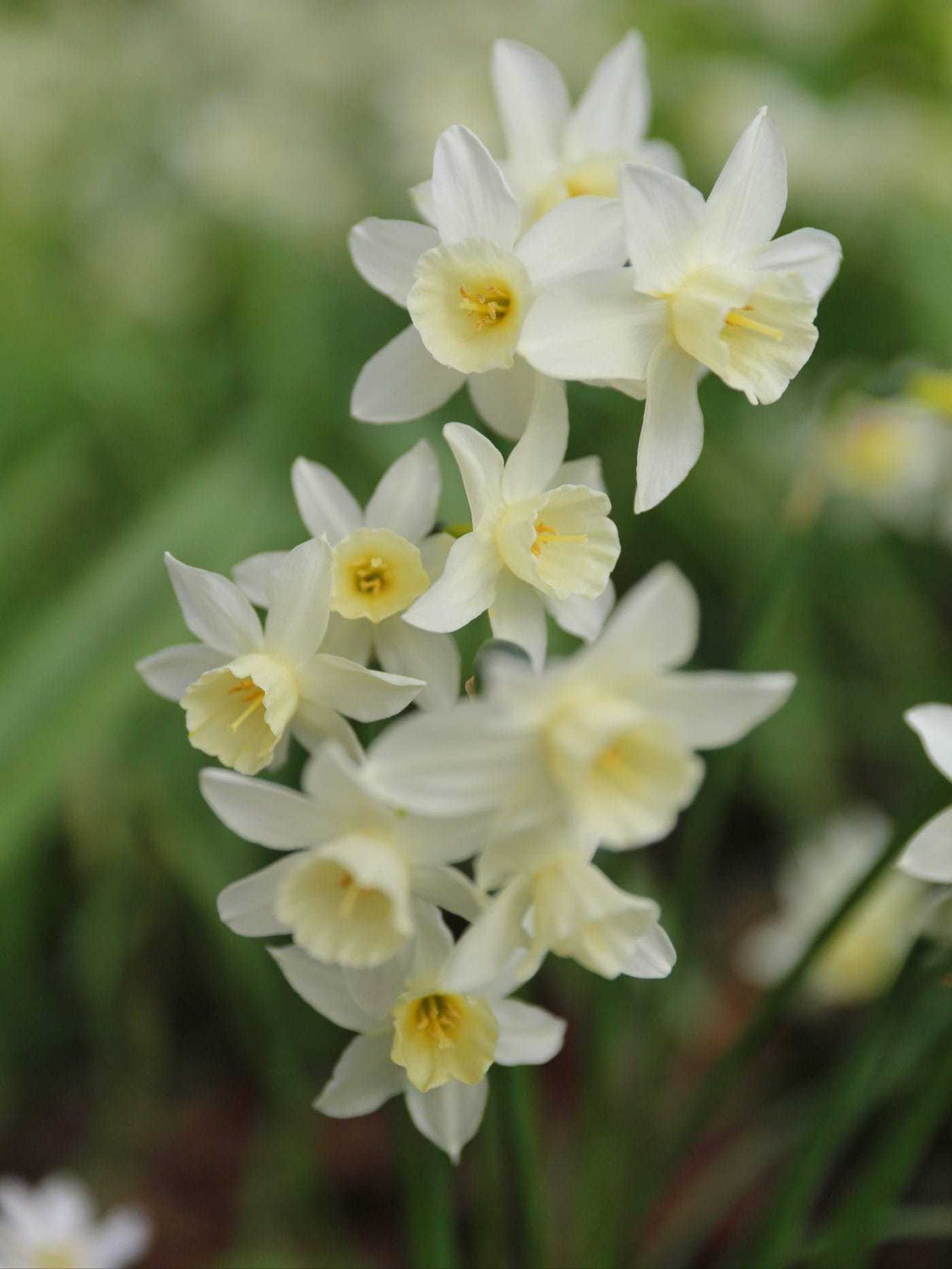
Narcissus ‘Jenny’ AGM
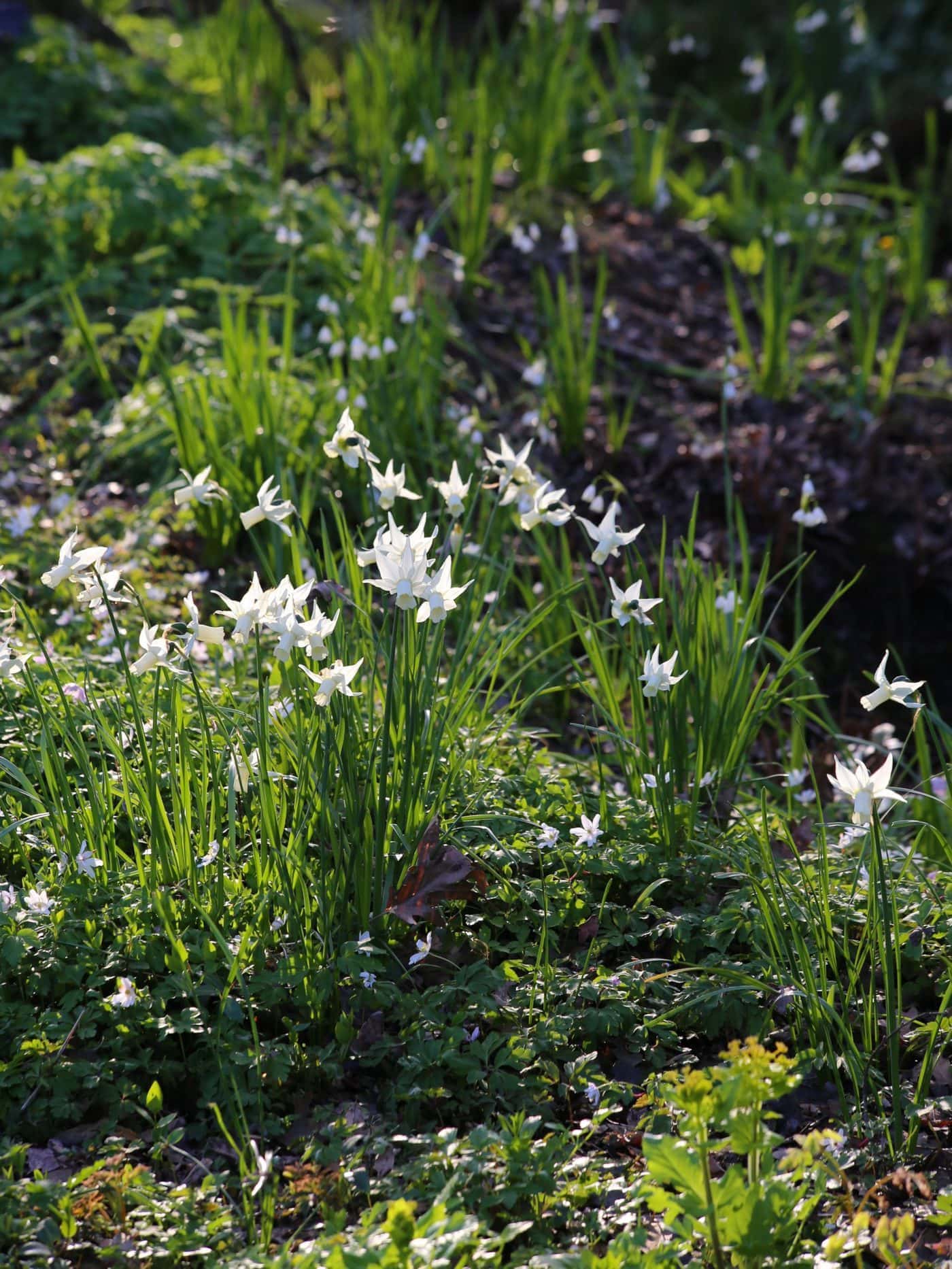
Narcissus ‘W.P. Milner’
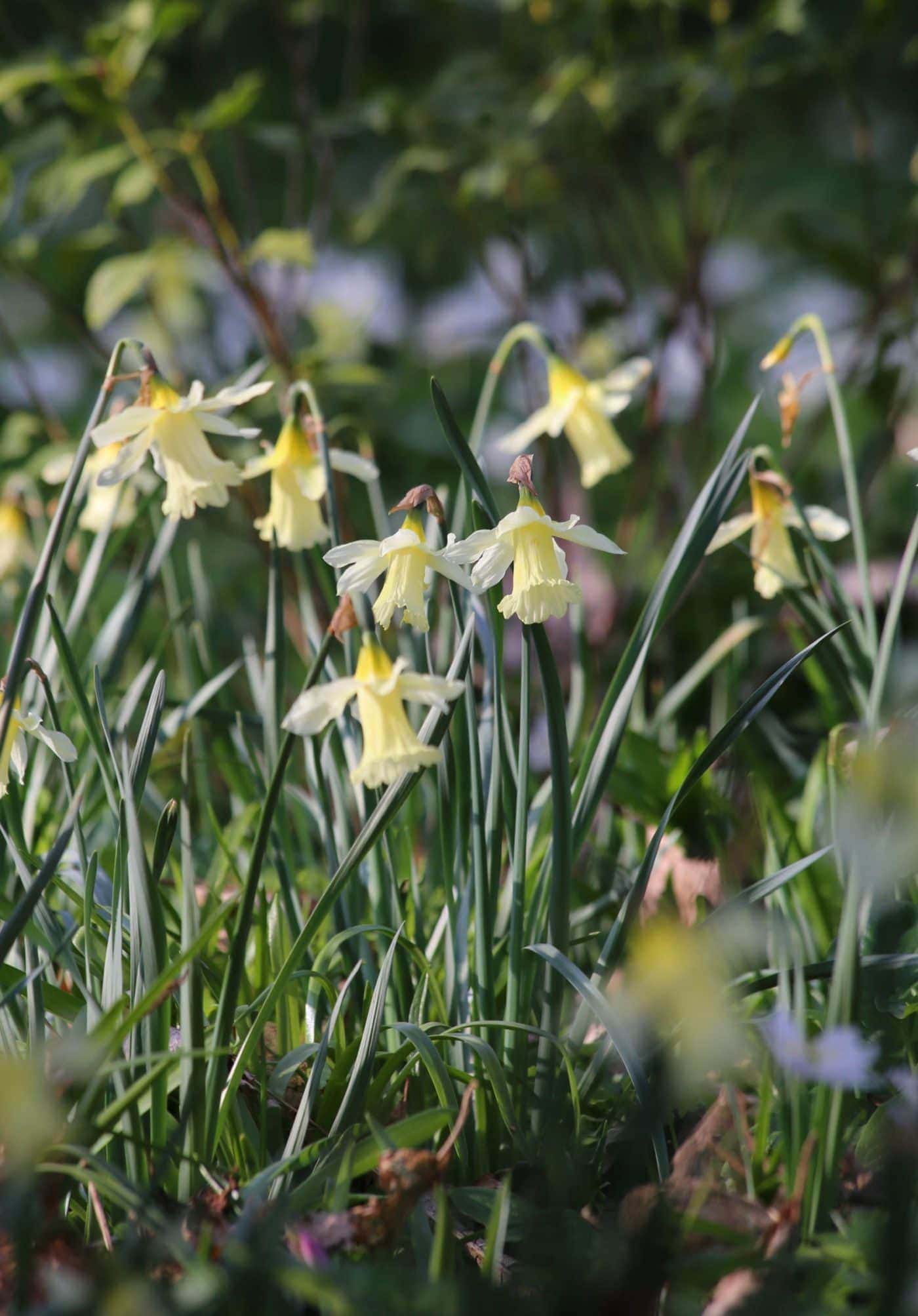
Camellia ‘Higo-Shugetsu’
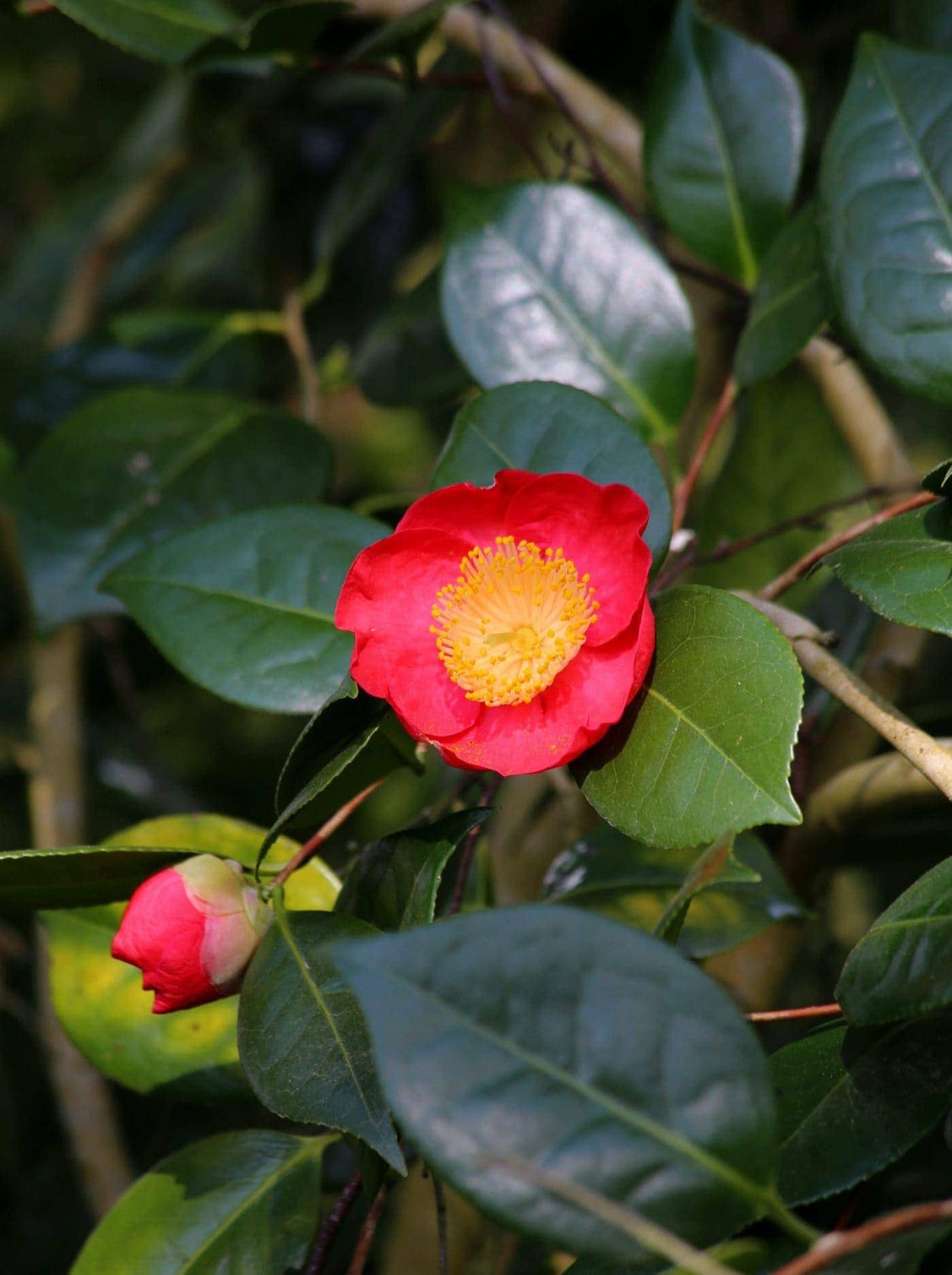
Scilla liliohyacinthus
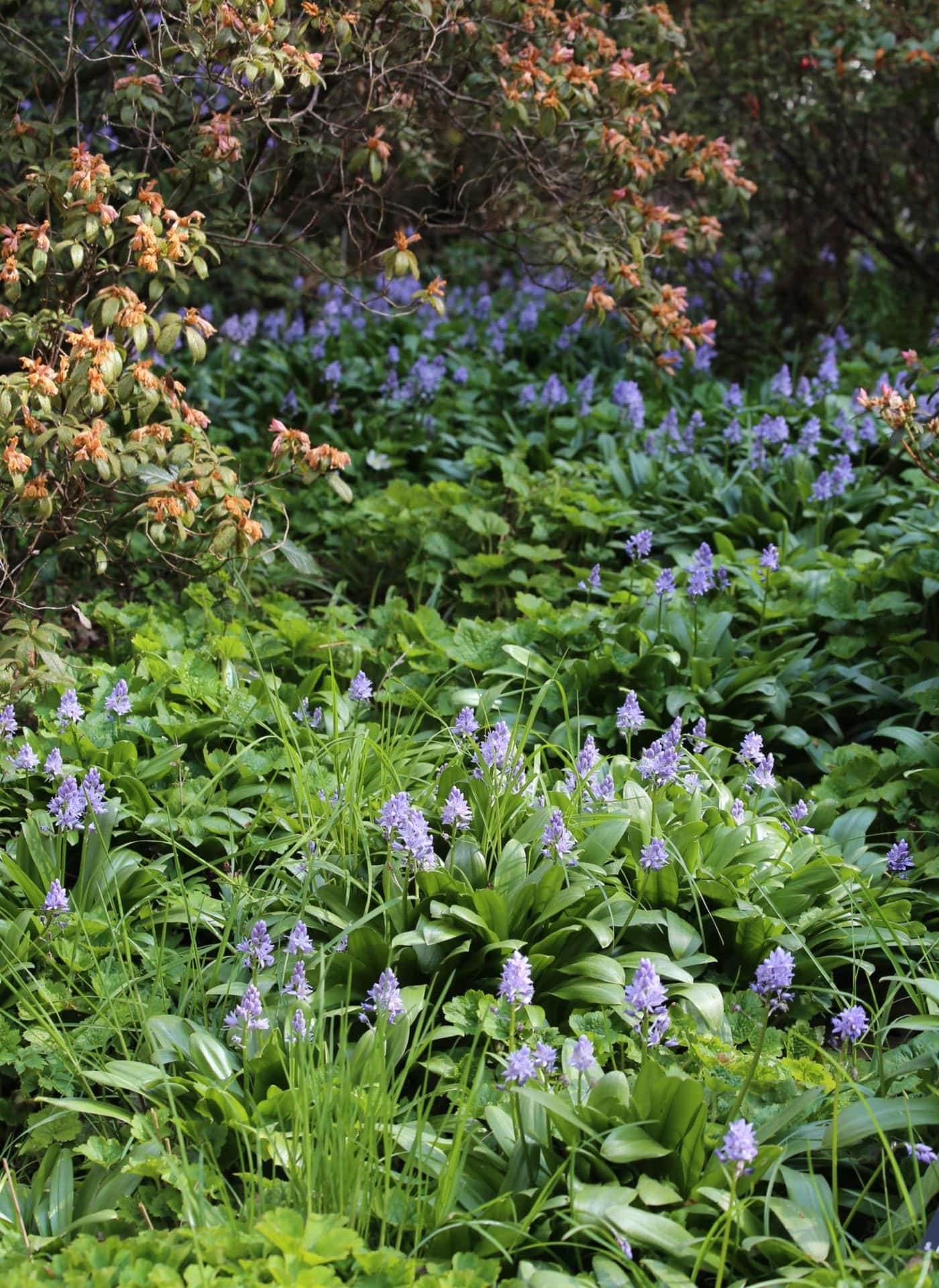
All photographs taken by Owen Hayman in late April 2020.
Owen Hayman
Owen joined the Bestall & Co planting and aftercare team in spring 2019. He is an RHS qualified horticulturist, holding a full Level 3 Diploma in Horticulture, and recently came in the top 3 at the Northern Regional Final of The Young Horticulturist of the Year 2019. After first doing a foundation diploma in Fine Art, he went on to gain a degree and masters in Plant and Soil Science from the University of Sheffield in 2014. Owen worked as a researcher on various field research projects in Alaska, Panama and Borneo. When not away in the field, he became obsessed with visiting gardens and nurseries across the British Isles and the Netherlands, developing his own garden, and then taking on a walled allotment garden as a personal project. He realised his true passion was in horticulture, and so moved away from academia and into the world of specialist plant nurseries and professional gardening.
Owen is now studying the Wisley Diploma, but continues to write articles for us on a monthly basis, and we're delighted to maintain contact with such a passionate and knowledgable plantsman.

